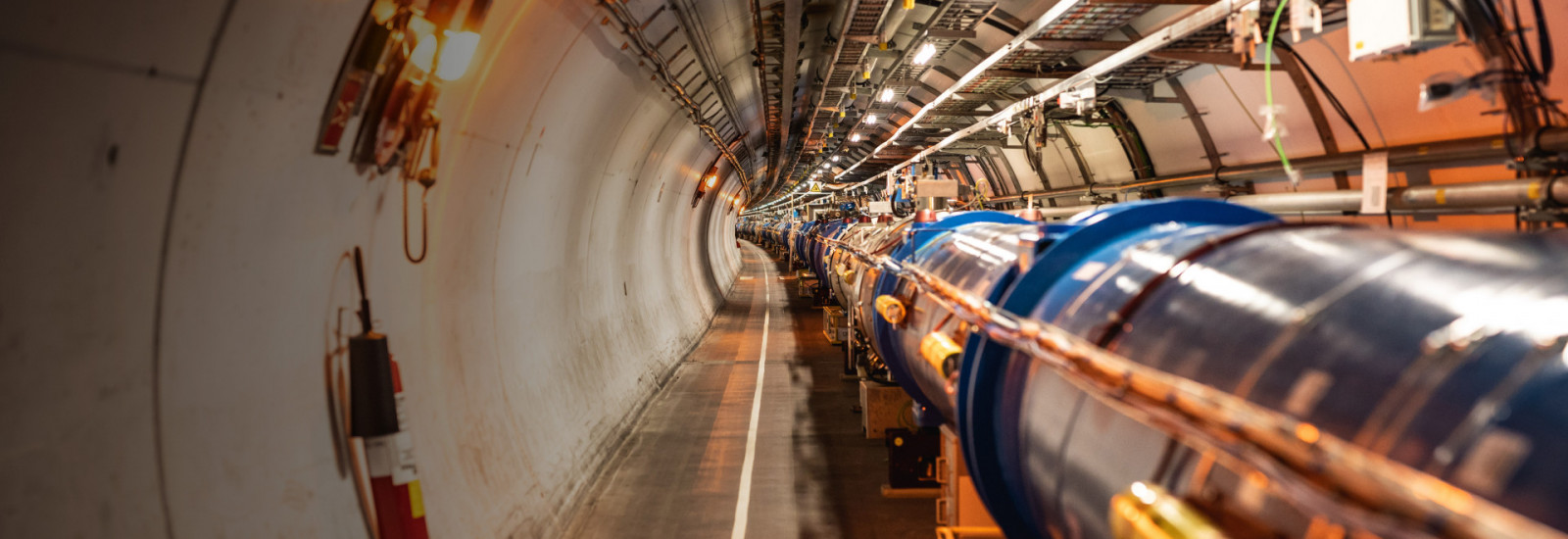With a circumference of almost 27 km (16.5-miles), the Large Hadron Collider (LHC) of the European Organization for Nuclear Research (CERN) in Geneva, Switzerland is the largest particle accelerator in the world. The immense size and power of the LHC has enabled the global research community to discover the most basic elements of matter and to better understand the fundamental forces of nature.
“Today, to go even deeper into the world of subatomic particles and explore the secrets of the universe, researchers need more power. In other words, they are looking for a “turbocharged” version of the LHC,” explains Thomas Bottlang, VAT/CERN Project Coordinator.
Currently, the LHC can deliver one billion proton collisions per second. But scientists that run experiments at CERN want to reach at least five billion collisions. To get to five times more power, more protons need to circulate in the tunnel – at unimaginable speeds just a hair under the speed of light – and focus the collisions more precisely: within eight micrometers instead of the current 16 micrometer window. A smaller focus increases the number of protons colliding with each other, to reveal the fundamental components of matter in more detail.
To increase the performance of the LHC, significantly more powerful magnets and new tunnel sections need to be added. This €1 billion upgrade is a key part of the HiLumi ("High Luminosity") project, to increase the luminosity of LHC’s design by a factor of 10. Luminosity levels indicate the number of collisions that occur within an accelerator in a given amount of time.
“The higher the luminosity, the higher the performance of an accelerator,” adds Thomas Bottlang. “In other words, higher luminosity generates more data that experiments can gather to allow more precise observation of rare processes.”
The ultra-high vacuum environment in a high-performance particle accelerator can subject key components in the LHC’s immense ring – such as the vacuum valves – to a higher level of stress, along with high temperatures (up to 300°C during the conditioning of the valves) and intense radiation levels. Vacuum valves in the LHC not only help maintain the lowest possible vacuum, they also reliably and accurately seal off sections of the accelerator. The extreme UHV environments demand very robust and precise vacuum valves to maintain the tremendous UHV environment required in the particle accelerator.
The VAT all-metal vacuum valves installed in the LHC are designed for such extreme ambient conditions. Using a proprietary VATRING sealing technology, VAT valves ensure reliable, long-term sealing performance with constant closing forces. Where other metal seals would have deformed and required frequent replacement, VAT all-metal valves continue to operate with consistent closing force because the valve’s seal returns to its original shape. Such maintenance-free vacuum valves are a prerequisite for valves that are installed in hard-to-access areas of the 27-km long LHC tunnel.
“Innovative VAT technology gives our all-metal valves the needed durability and performance specified in the HiLumi upgrade for the LHC,” concludes Thomas Bottlang.
Led by CERN with the support of an international collaboration of 29 institutions in 13 countries from around the world, the HiLumi project is set for completion by 2027.
